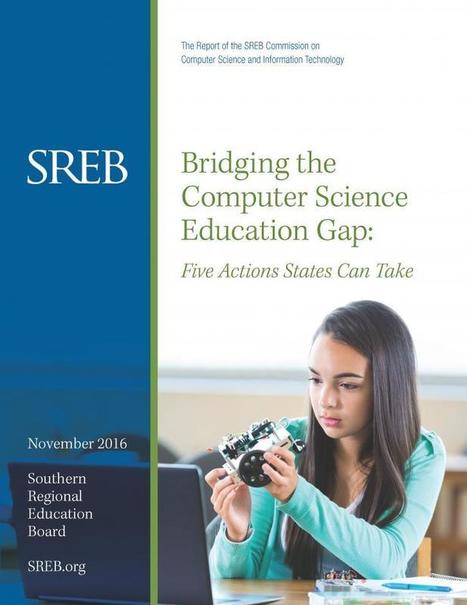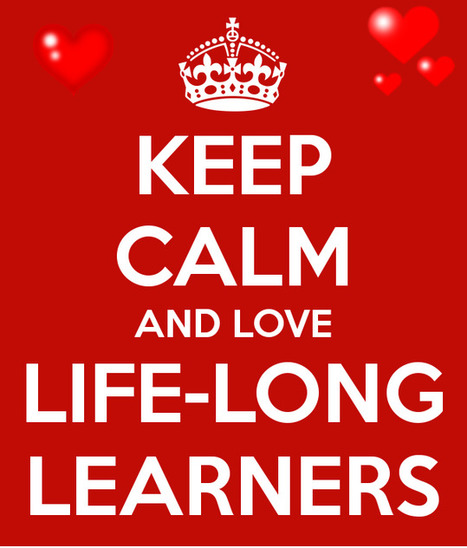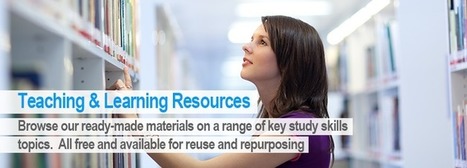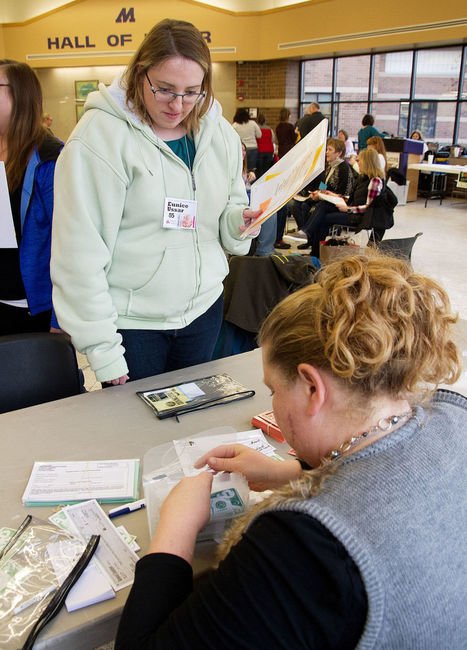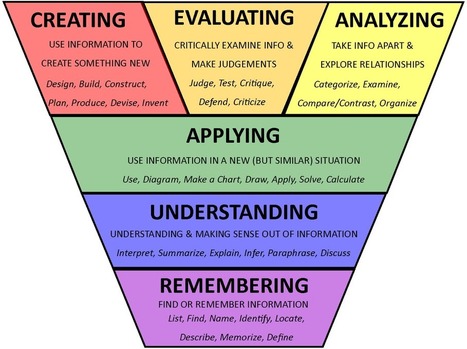"In the midst of highly publicized steps to dismantle insurance coverage for 32 million people and defund women’s healthcare facilities, Republican lawmakers have quietly laid the foundation to give away Americans’ birthright: 640m acres of national land. In a single line of changes to the rules for the House of Representatives, Republicans have overwritten the value of federal lands, easing the path to disposing of federal property even if doing so loses money for the government and provides no demonstrable compensation to American citizens.
"At stake are areas managed by the Bureau of Land Management (BLM), National Forests and Federal Wildlife Refuges, which contribute to an estimated $646bn each year in economic stimulus from recreation on public lands and 6.1m jobs. Transferring these lands to the states, critics fear, could decimate those numbers by eliminating mixed-use requirements, limiting public access and turning over large portions for energy or property development."
Get Started for FREE
Sign up with Facebook Sign up with X
I don't have a Facebook or a X account

 Your new post is loading... Your new post is loading...
 Your new post is loading... Your new post is loading...
Signal, an encrypted chat service, is a must in an era when companies collect ever more information about users and government surveillance may expand.
Salon's Mary Elizabeth Williams talks to Mozilla Leadership Network's Chris Lawrence about our digital footprints VIDEO
Description by The Scout Report
"From the Washington State Board of Community and Technical Colleges comes the Open Course Library, an extensive collection of courses and course materials (such as syllabi, classroom handouts, readings, multimedia resources, and assignments) for use by college-level students and instructors. As the authors of this website emphasize, these materials are not intended to replace classroom instruction. Rather, these materials are made available in order to provide affordable classroom materials for students and resources for faculty members to consider integrating into existing courses. A central stated goal of the Open Course Library is to reduce costs to students; all courses included here can be taught without a textbook or utilize textbooks that cost $30 or less. As of this write up, the Open Course Library features over 80 courses, including courses in English composition, symbolic logic, mathematics, and foreign languages. All course materials can be easily accessed as Google Docs."
WHAT I LEARNED FROM MY HEROES IN 200 PODCASTS.
Jim Lerman's insight: Quite a lengthy post, but one chock full of observations by people who have been quite successful in one way or another. Well worth reading any time of day, but perhaps best early in the morning or late at night...time for reflection is useful. Heartfelt and pithy.
Guest blog post by Andrew Stillman
So, you've bought a new speaker-based smart assistant and it's proudly sitting in the center of your coffee table. But what security risks and privacy problems are you now exposing yourself to? Via Dr. Tom D'Amico (@TDOttawa) , Miloš Bajčetić, Jim Lerman
|

|
Rescooped by
Jim Lerman
from Into the Driver's Seat
January 16, 2017 6:24 PM
|
"Effective technology integration doesn’t happen organically. It takes intentional planning. There are twelve steps schools can take to get the ball rolling. It starts by looking at the district’s overall approach and seeing how your school can build upon what is in place and customize to the needs of your community.
In New York City we have a “Strategic Technology Plan” which is designed to help readers:
Understand connections between technology and the strategic goals of the NYCDOE
Discover opportunities for expanded technology programming and investment
Learn about the priorities for the next five years.
The plan addresses three areas:
Integrate Tech Into Instruction
Invest in Infrastructure and Devices
Focus on the User"
Download the plan for free.

|
Scooped by
Jim Lerman
January 14, 2017 8:11 PM
|
"Quitting smoking is one of the most popular New Years resolutions, but how many actually keep it?
"A pharmacy in Sweden wanted to help people (and promote themselves in the process), and they designed a provocative ad which coughs when smokers pass by it."

|
Rescooped by
Jim Lerman
from Into the Driver's Seat
January 14, 2017 3:13 PM
|
Where the Jobs Are: The [U.S.] Computing Labor Market
![Where the Jobs Are: The [U.S.] Computing Labor Market | :: The 4th Era :: | Scoop.it](https://img.scoop.it/5BZtaGoZNAc6-wPFTxp1KTl72eJkfbmt4t8yenImKBVvK0kTmF0xjctABnaLJIm9)
{This chart is available on p. 5 of the SREB report "Bridging the Computer Science Education Gap, which is available here.}
Where the Jobs Are: The [U.S.] Computing Labor Market
"In the global labor market, knowledge of computer science, computer literacy and computational thinking skills are required in nearly all careers. Further, jobs in computer science, IT and related fields are a large and growing sector of the economy. The Association for Computing Machinery estimates that by 2020, as many as 4.6 million out of 9.2 million STEM jobs will be computer-related.20 By 2020, nearly 3.8 million jobs will be computer sciencerelated, with about 70 percent requiring a bachelor’s degree or higher.21
"Millions more jobs in fields like advanced manufacturing, business and medicine will also require individuals to possess high-level computing skills in areas like software development, programming and network maintenance.22 Such jobs have been described as requiring “double-deep skills” — significant computing expertise in addition to knowledge of the field.23 Overall, jobs in computing fields pay well and are in high demand. As of 2015, the average median salary of jobs in computer science and IT was $81,430 a year — more than double the $36,200 median salary of all jobs.24 One 2014 study found that software developer jobs ranked at the top of all jobs advertised online, at a mean salary of $92,000 annually.25
"Some jobs in informatics (business systems analysts, information architects), health informatics26 (medical coding specialists, physicians certified in clinical informatics) and cybersecurity27 ( forensics experts, security code auditors) are so new that Bureau of Labor Statistics data do not capture them. Nevertheless, the need for individuals in all three fields is high. In recent years, health informatics jobs grew at a rate of 36 percent, compared to 9 percent for health care jobs overall.28 Major data breaches at corporations like Anthem, The Home Depot and Target sparked a 91 percent growth in cyber jobs in the United States29 and sent salaries soaring to $100,000 per year or more.30 To meet demand, U.S. Defense Secretary Ashton Carter has said, “cyber may one day become the sixth service branch.”31
"Nationwide, employers in every industry report struggling to find individuals with the requisite computing skills. By 2020, the United States may have 1 million more computing jobs available than people to fill them.32 As a result, many American businesses are recruiting overseas. In 2015, the U.S. Citizenship and Immigration Services office received approximately 233,000 applications for H-1Bs — skilled-worker visas that allow U.S. employers to employ foreign workers in specialty occupations for up to six years. Only 85,000 such visas are allotted each year, mainly in STEM fields.33
"The college-degreed computing workforce is small, lacks diversity and must rapidly expand if the United States is to meet labor market demand. By one estimate, only 2.4 percent of college graduates have degrees in computer science.34 Just 8 percent of college graduates with degrees in computer science are black,35 8 percent are Hispanic and 18 percent are women.36 Less than 1 percent of the technical employees of top Silicon Valley companies like Dropbox, Facebook and Google are black.37"

|
Scooped by
Jim Lerman
January 14, 2017 2:50 PM
|
SREB’s Commission on Computer Science and Information Technology offers five actions for states and schools to help more young people — especially girls, black and Hispanic students, and students from low-income families — learn computer science and explore and choose careers in computing fields.
The actions show how schools can teach computer science and computational thinking in ways that deepen students’ mastery of core academic subjects. The full report also surveys the disciplines, workforce needs and current state of computer science education at the K-12 and postsecondary levels.

|
Scooped by
Jim Lerman
January 12, 2017 6:29 PM
|
"So far, adaptive technology (which we define here) has touched only a fraction of America’s K-12 students—maybe 20 percent, based on an informal poll of educators and entrepreneurs. Yet it attracts attention because it takes aim at several fundamental questions: Can we create a way to deliver content that keeps kids more engaged than the classic textbook? How much does the order in which concepts or skills are taught, or “sequenced”, matter? How do we use testing—or assessment—not simply to rank students but as meaningful windows into why they struggle to learn? And the big one: Can changes in digital curriculum help close the aching achievement gap?
"The need to tackle these issues cuts deeper daily: The students entering America’s classrooms come from more diverse backgrounds and bring a wider set of needs and abilities than ever in history. By contrast, funding for schools grows modestly at best. In most segments of life, when we’ve tried to do more with the same (or fewer) resources, we’ve invented tools to help.
"But like so many bright and shiny technology promises, adaptive learning has yet to offer any definitive answers, despite decades of work. Both industry and teachers are even wrestling with exactly what will constitute the “evidence” that so many educators crave. If there’s scant proof that these tools raise test scores, is it worth doing if it makes students more enthusiastic learners, or if it frees up teachers to spend more time teaching to smaller groups? These questions unnerve many, including parents who don’t want their children to get an inferior education as schools work out the kinks in new technology, and school district leaders, who are loath to champion risky projects that could get them in hot water with the school board or on the front page of the local paper.
"No one, even that most evangelical proponent of technological change, former Harvard Business School professor Clayton Christensen, promises change will be easy. New technologies, Christensen has observed, are typically inferior to existing ones—until people change the way they work. And so exploring what “adaptive learning” might mean in education has pulled a small group of educators, business and philanthropists into a tentative and at times, awkward dance. Here’s what they are doing—and what they’re learning along the way."

|
Rescooped by
Jim Lerman
from Effective Education
January 20, 2017 10:12 PM
|
Technological change demands stronger and more continuous connections between education and employment, says Andrew Palmer. The faint outlines of such a system are now emerging.
Learn more / En savoir plus / Mehr erfahren:
http://www.scoop.it/t/21st-century-learning-and-teaching/?tag=Life-Long-Learning
Via Gust MEES, Mark E. Deschaine, PhD

Technological change demands stronger and more continuous connections between education and employment, says Andrew Palmer. The faint outlines of such a system are now emerging.
Learn more / En savoir plus / Mehr erfahren:
http://www.scoop.it/t/21st-century-learning-and-teaching/?tag=Life-Long-Learning

|
Rescooped by
Jim Lerman
from Into the Driver's Seat
January 20, 2017 10:07 PM
|
Runa Sandvik, The New York Times’s director of information security in the newsroom, and Nicole Perlroth, who writes about cybersecurity and privacy, answered reader questions about cybersecurity.

|
Scooped by
Jim Lerman
January 20, 2017 2:42 PM
|
via The Scout Report
"Learnhigher is a UK-based organization that seeks to foster "the development and dissemination of high quality, peer-reviewed resources for learning development in the higher education sector." With financial support from the Higher Education Funding Council for England, Learnhigher seeks to be a "One Stop Swap Shop" for educational resources developed by educational institutions across the UK. Here, educators will find study guides, classroom handouts, websites, podcasts, and classroom activities designed to help instructors support college students in developing a number of skills, including research, academic writing, and collaborative learning. Many of these resources are intended for classroom use, including helpful study guides for writing, a handbook to help students approach academic reading, and in-class activities to facilitate student reflection on their time management skills. Other resources are intended to help college-level instructors reflect on their current curriculum and pedagogy practices and learn new approaches. For example, instructors can check out Top 10 Tips on Deterring Plagiarism or view slides from a professional development workshop on assessing student work. Instructors can browse these resources by topic, including Research Skills, Writing at University, and Employability."

|
Rescooped by
Jim Lerman
from Into the Driver's Seat
January 20, 2017 8:35 AM
|
At the Learning Counsel’s Annual Gathering and National Awards event, twelve leading districts were recognized for their vision and innovation in integrating digital curriculum and technology into their teaching and learning process. Attendees at the event included top education executives from around the U.S., who gathered to acknowledge exemplary progress and discuss how innovation, technology, and school and classroom remodeling is pushing the education envelope—all in the name of better outcomes for our youth.
“The Learning Counsel is helping education leaders chart a course that includes actionable data and current trends,” said Janell McClure, the director of Digital & Multimedia Learning from Cobb County School District. “These awards share incredible examples of innovative thinking. The knowledge we’ve gained at this Gathering event will guide our work as we continue to strive for excellence in teaching and learning through digital platforms, tools, and practices.”

|
Rescooped by
Jim Lerman
from Into the Driver's Seat
January 19, 2017 1:33 PM
|
description by Middleweb SmartBrief
"Educators in an Iowa school district gained a better understanding of the effects of poverty by participating in an hourlong simulation. Teachers received family profiles and resources, then had to navigate the weekly struggles faced by low-income families, such as finding work, child care and other services."

|
Rescooped by
Jim Lerman
from Learning & Mind & Brain
January 17, 2017 10:48 PM
|
Feeding knowledge directly into your brain, just like in sci-fi classic The Matrix, could soon take as much effort as falling asleep, scientists believe.
Via Mark E. Deschaine, PhD, Miloš Bajčetić

|
Scooped by
Jim Lerman
January 17, 2017 10:36 PM
|
Clay Shirky discussed this third aspect in Here Comes Everybody (2008).
“Ridiculously easy group-forming matters because the desire to be part of a group that shares, cooperates, or acts in concert is a basic human instinct that has always been constrained by transaction costs. Now that group-forming has gone from hard to ridiculously easy, we are seeing an explosion of experiments with new groups and new kinds of groups.”
This desire to relate is what drives people to support global social movements on one hand, and to take shelter in tribal identity politics on the other. In politics, social media extend participation but also make information manipulation by small motivated groups much easier.
“A new form of information manipulation is unfolding in front of our eyes. It is political. It is global. And it is populist in nature. The news media is being played like a fiddle, while decentralized networks of people are leveraging the ever-evolving networked tools around them to hack the attention economy.” —dana boyd 2017
Understanding this deep desire to relate to others should be foremost in mind in any change initiative. We will not have organizational transformation, or political reformation without people feeling like they belong. To counter fascist thinking, we need to appeal to emotions, not logic. The same goes for education and learning.

|
Scooped by
Jim Lerman
January 16, 2017 7:28 PM
|
News from FairTest
"Below find a chronological listing of news FairTest shares on our website. If you would like to receive weekly updates of Testing Resistance & Reform News, as well as occasional other news, updates or communications from FairTest, click here"
Jim Lerman's insight:
FairTest has published a weekly hotlist of links to articles about testing and its abuses since 2012. This page archives every one of the lists.

|
Scooped by
Jim Lerman
January 16, 2017 3:23 PM
|
"Maybe it is a reflection of our global need to establish a voice in education. A voice that isn’t censored by political affiliation or appointment. A voice given permission to both challenge and motivate while identifying truths, in education, without fear of marginalizing one person or role in the complex system that is education.
"Matt Harris, Ed.D. an international technology expert and Deputy Head of School for the British School of Jakarta believes that this voice is a necessity to fully realize the potential of the education community at-large.
"Contemporary education is at crossroads where we are rich with creativity, straddled by regulation and absent any shining beacon to guide us. We need a Martin Luther King type leader to unify our passions and focus our efforts for the common good of learning for all. -Matt Harris, Ed.D."
Jim Lerman's insight:
A number of excellent links in this article.

|
Rescooped by
Jim Lerman
from Into the Driver's Seat
January 14, 2017 7:36 PM
|
Presentation of major branches of epistemology, placing connectivism into this content, and then describing learning theories in this framework. This becomes a…
Via Ana Cristina Pratas, Jim Lerman

From Stephen Downe's site -Theories of learning – epistemology of connectivism

From Stephen Downe's site -Theories of learning – epistemology of connectivism


|
Rescooped by
Jim Lerman
from Into the Driver's Seat
January 14, 2017 3:11 PM
|
SREB’s Commission on Computer Science and Information Technology offers five actions for states and schools to help more young people — especially girls, black and Hispanic students, and students from low-income families — learn computer science and explore and choose careers in computing fields.
The actions show how schools can teach computer science and computational thinking in ways that deepen students’ mastery of core academic subjects. The full report also surveys the disciplines, workforce needs and current state of computer science education at the K-12 and postsecondary levels.
Via Jim Lerman

|
Rescooped by
Jim Lerman
from Into the Driver's Seat
January 13, 2017 1:01 PM
|
It maybe useful to distinguish the types of learner that we are promoting a connectivist model towards. Learners who are experienced in a particular domain can pull knowledge from a variety of sources to interact with existing schema. Having some domain knowledge already allows them to create the interaction independently.
Via Nik Peachey, Jim Lerman

Always good to read more about connectivism.














